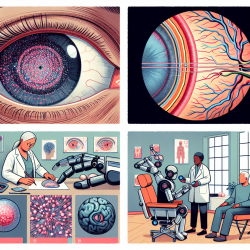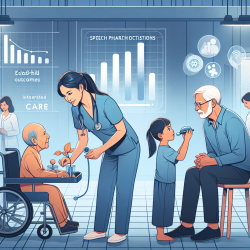As a speech-language pathologist dedicated to improving outcomes for children, staying informed about the latest research is crucial. A recent study titled Altered electroencephalographic networks in developmental dyslexia after remedial training: a prospective case-control study by Dushanova and Tsokov (2021) offers valuable insights into how remedial training can impact the brain networks of children with developmental dyslexia (DD).
This study used electroencephalographic (EEG) data to explore how brain network topologies in children with DD change after undergoing visual task training. Here are some key findings and actionable steps for practitioners:
Key Findings
- Global Topology Changes: Dyslexic children showed a more integrated network topology before training, which became more segregated and similar to that of controls after training.
- Hub Distribution: Significant changes were observed in the distribution of connectivity hubs in the brain, particularly in the theta and beta1 frequency bands.
- Behavioral Improvements: Dyslexic children demonstrated improved accuracy in visual word and pseudoword discrimination tasks after training.
Actionable Steps for Practitioners
- Incorporate Visual Task Training: Integrate visual task training programs that focus on visual word and pseudoword discrimination into your therapeutic interventions. This can help reorganize brain networks to resemble those of typically developing children.
- Monitor Behavioral Changes: Regularly assess the accuracy and reaction times of children with DD in visual tasks to track improvements and adjust interventions accordingly.
- Collaborate with Neuropsychologists: Work closely with neuropsychologists to interpret EEG data and tailor interventions that target specific brain regions showing atypical connectivity patterns.
- Stay Informed: Keep up-to-date with the latest research on EEG and brain network analysis to continuously refine your therapeutic approaches.
Understanding the neurophysiological changes that occur with remedial training can help you make data-driven decisions to enhance your therapeutic strategies. For more detailed insights, I encourage you to read the original research paper, Altered electroencephalographic networks in developmental dyslexia after remedial training: a prospective case-control study.
By leveraging these findings, we can better support children with developmental dyslexia in achieving their full potential.










